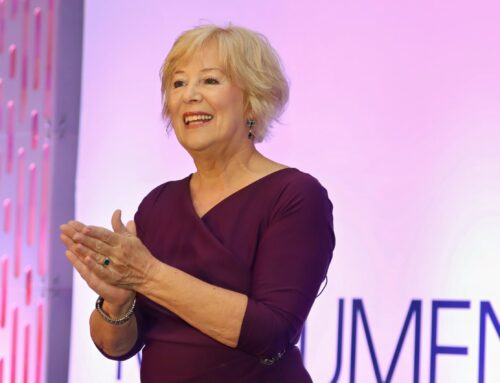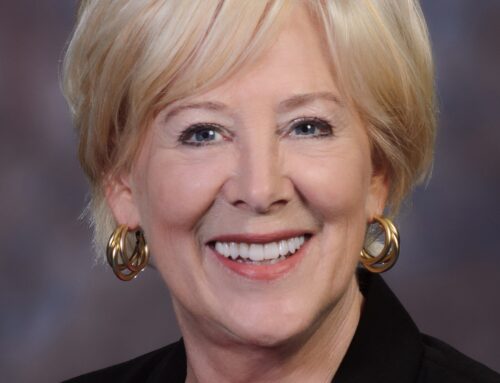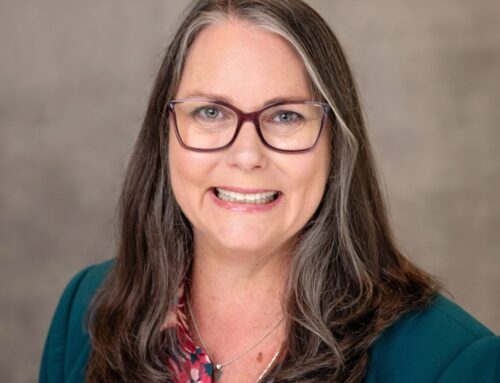by L. Earl Franks, Ed.D. CAE, NAESP Executive Director
October marks National Principals Month, a time to recognize and celebrate the tireless work of school leaders across the country. But appreciation alone is not enough. If we want strong public schools and communities, we must invest in our principals.
The principal’s role is both essential and complex. Principals create the conditions for student success, support and develop educators, and foster cultures that strengthen schools and communities. They are instructional leaders, culture builders, business managers, first responders, and community liaisons– standing at the intersection of policy, pedagogy, and people in an education system that’s evolving faster than ever.
Yet many principals report feeling overwhelmed, isolated, and under-supported. Recognition is important, but genuine progress involves moving beyond recognition to strategic support. That means investing in the whole principal—their professional growth, emotional resilience, and personal well-being.
Supporting principals is not optional. It is the foundation for flourishing students, educators, schools, and communities.
Read Franks’ article, Investing in Principals is Investing in Public Schools and the Students They Serve, in its entirety, on LinkedIn.




